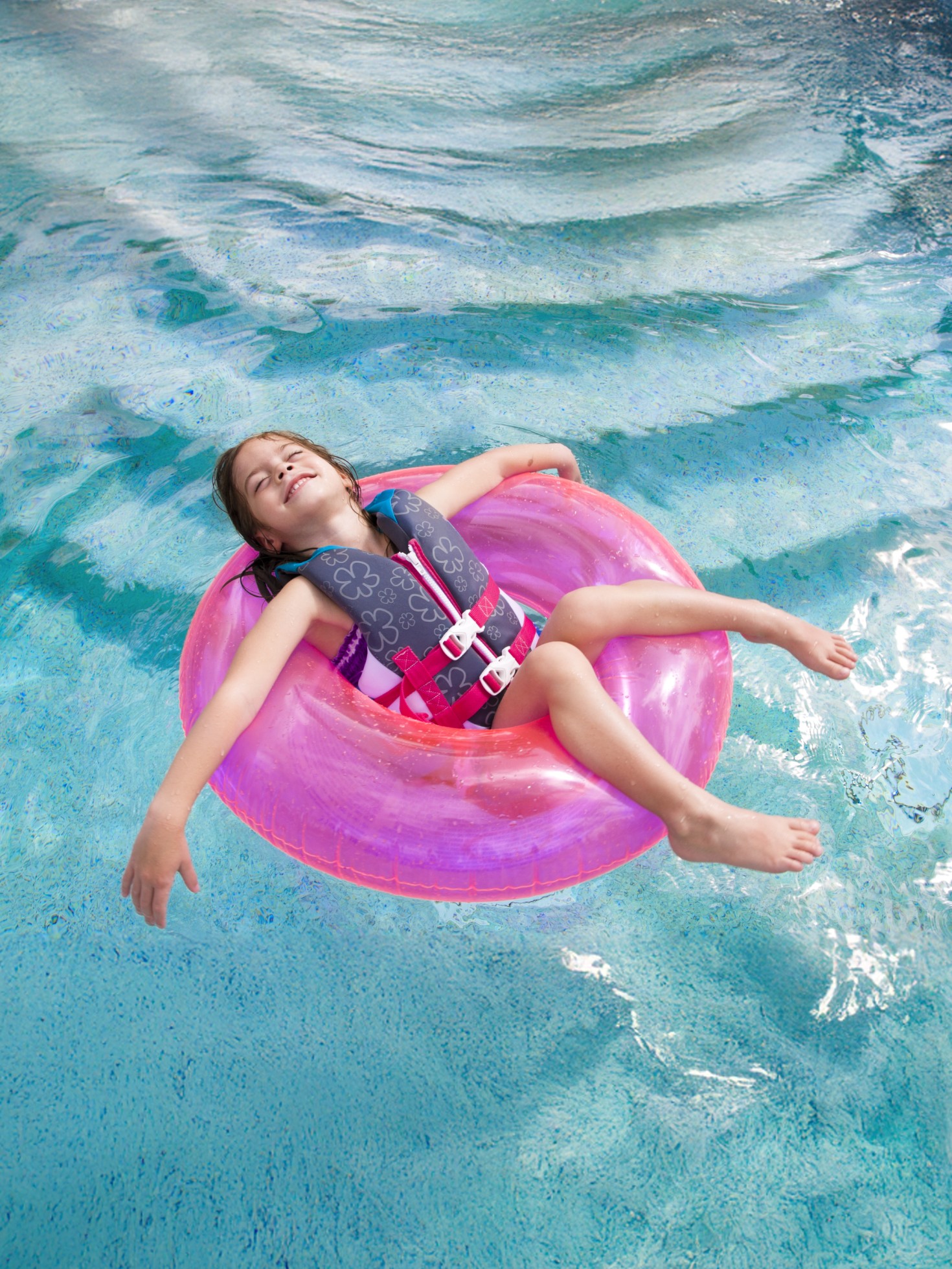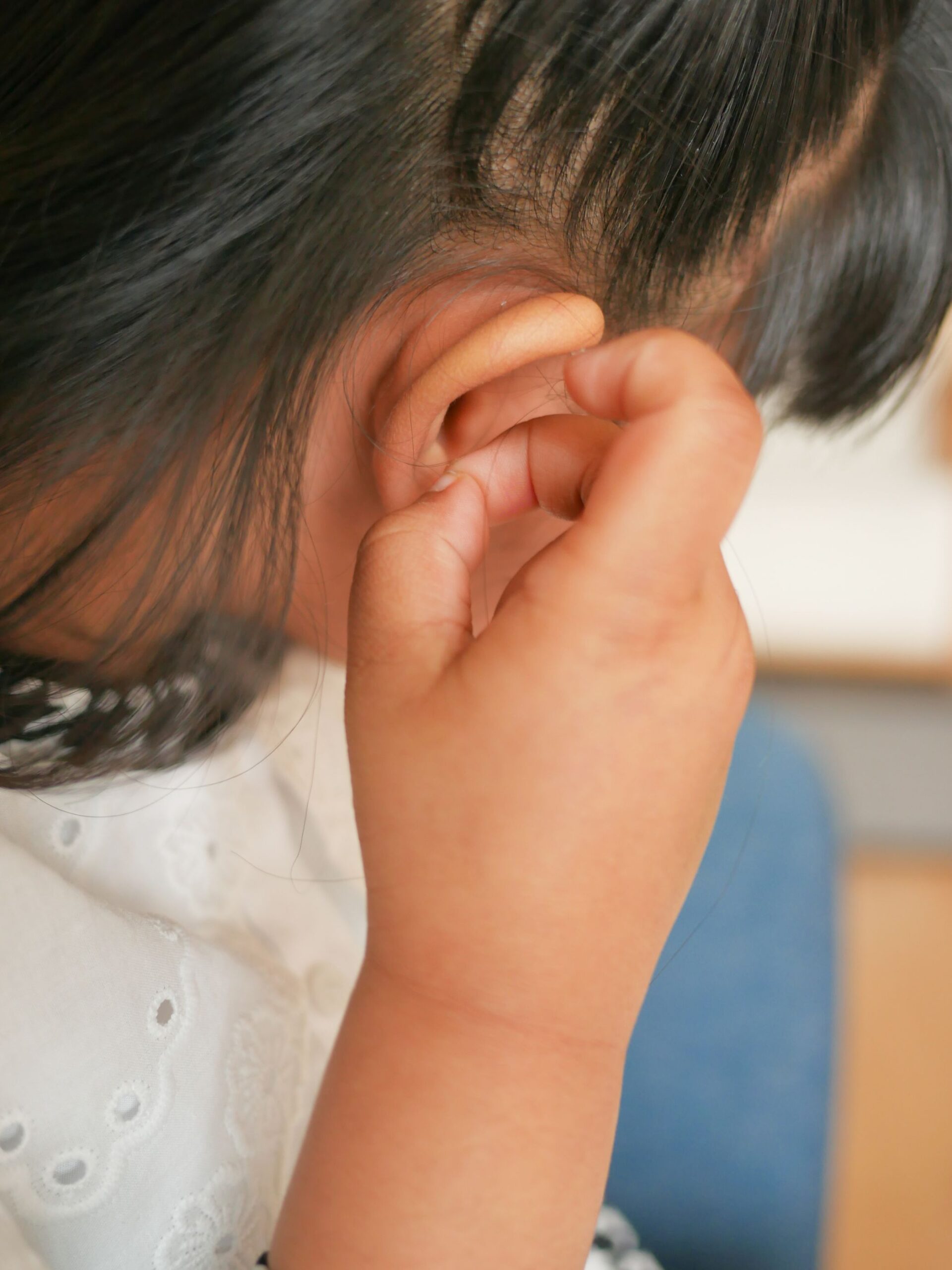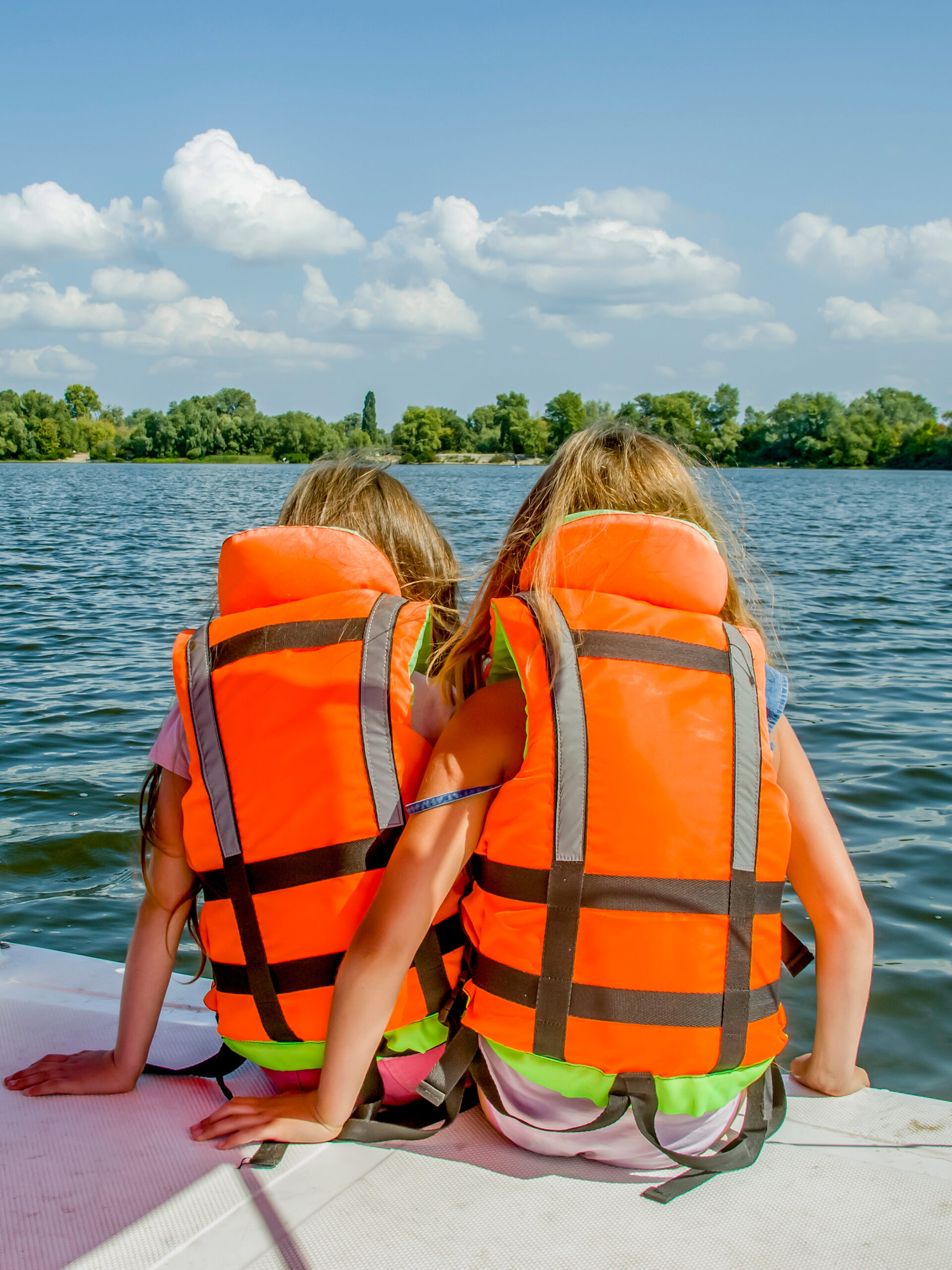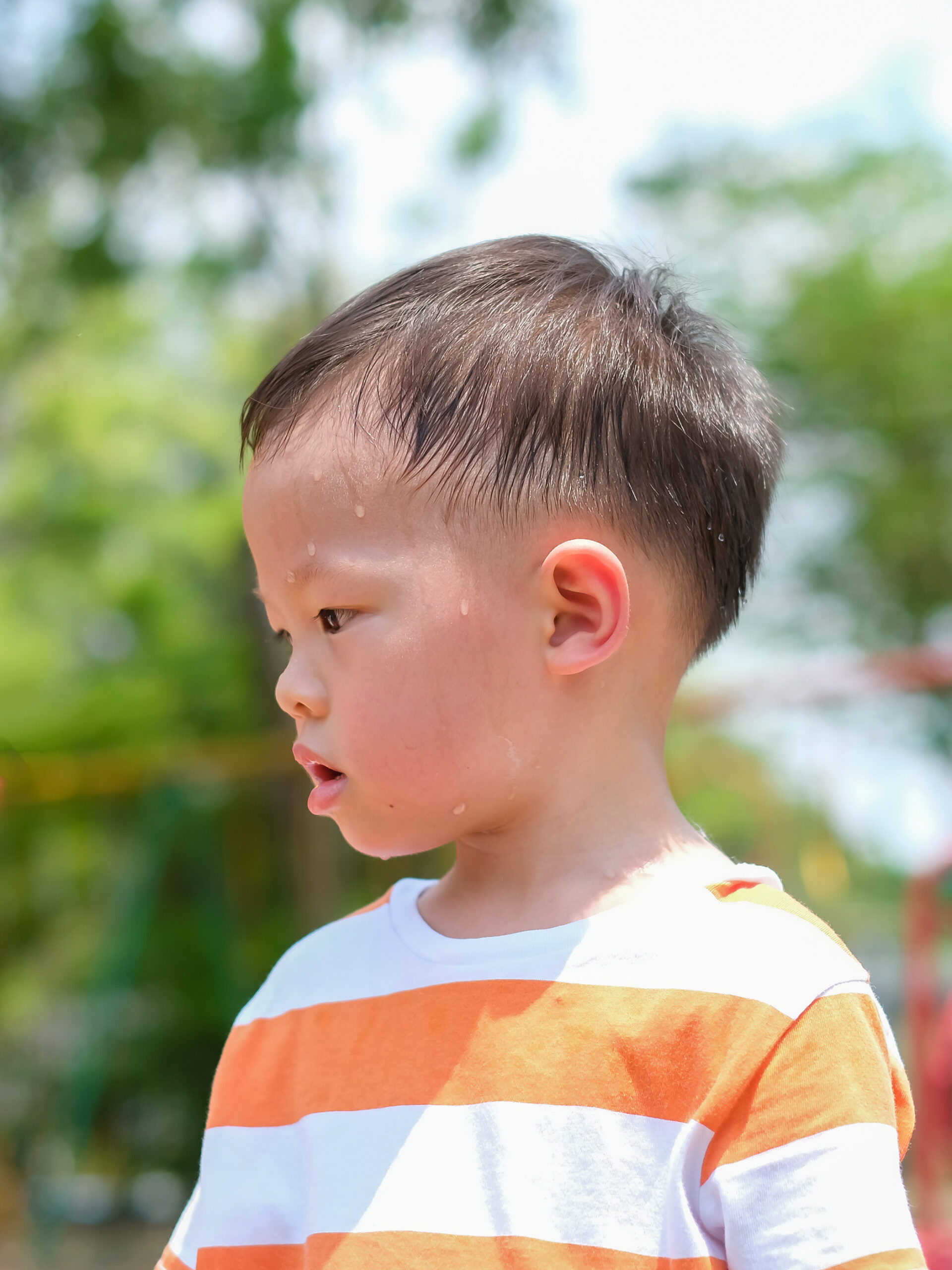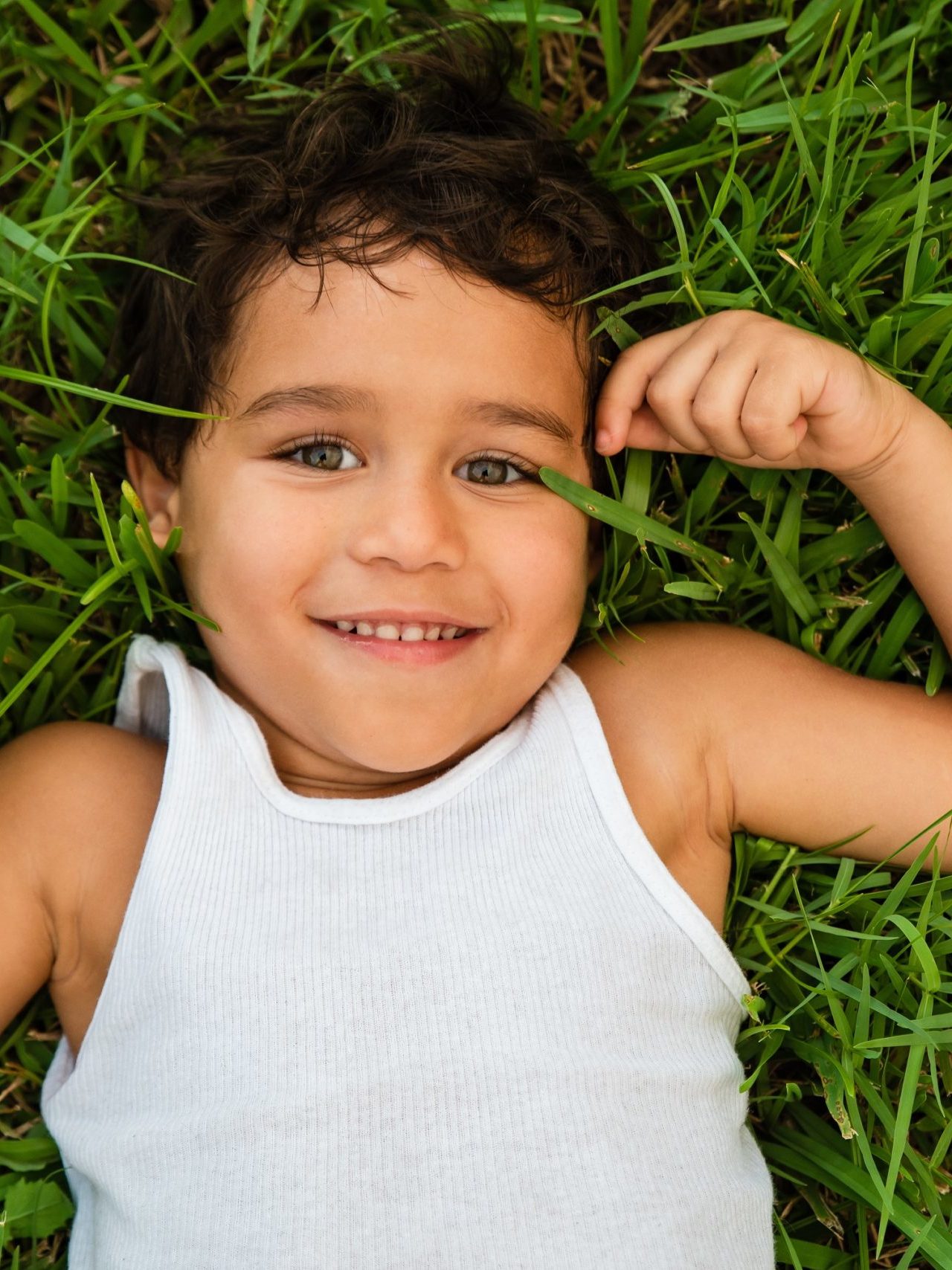SAFETY GUIDE
Sun Safety and Skin Protection
Sun safety is essential for protecting kids’ skin from harmful UVA and UVB rays that can damage skin and increase the risk of skin cancer, like melanoma. Developing healthy sun habits early, such as applying sunscreen, wearing protective clothing, and avoiding peak sun hours, is critical. Proper protection helps prevent sunburns and long-term skin damage.
Safety Programs and Partners
Safe Kids Orange County
www.safekids.org
OC Injury Prevention Coalition
OC Drowning Prevention Task Force
drowningprevention.org
Stop the Bleed
stopthebleed.org
Sun Safety Overview
As much as 80 percent of a person’s lifetime sun exposure occurs by age 18, so protecting your child’s skin from the sun is critical. Teaching kids sun-safe habits early helps ensure their skin stays healthy as they grow.
Protect Your Child’s Skin
Deadly skin cancers are being diagnosed at increasingly younger ages. Researchers have linked this alarming trend to childhood sun exposure. Protective steps you take now will pay off in the years to come:
• Slop it on — Apply 30 SPF sunscreen every day. Cover all exposed skin, including hands, ears and the back of the neck. Reapply after swimming or if your child perspires excessively.
• Keep it cool — Schedule outdoor activities before 10 a.m. or after 2 p.m.
• Cover up — Outfit your children with broadbrimmed hats and protective clothing that covers the arms and legs.
• Protect those peepers — Choose real (not toy) sunglasses with polarized lenses for your children.
6 Sun Safety Tips
- Everyone over six months of age should wear sunscreen whenever they’re outdoors, every day of the year. Infants under six months old should be kept out of the sun as their skin is especially susceptible to sun damage.
- Apply sunscreen with SPF 30 at least 15 to 30 minutes before you go outside
- The sun is everywhere, so apply sunscreen everywhere. Don’t forget your hands, nose and ears.
- Reapply every two hours, and after swimming, sweating or toweling off.
- Wear a wide-brimmed hat and sunglasses for extra protection.
- Double-check medications, as some may cause a greater sensitivity to sunlight.
There are other precautions you can take to minimize harmful sun exposure. Limit time spent outdoors between the hours of 10 a.m. and 4 p.m. Avoid tanning oils or salons- tanning increases the risk of melanoma and accelerates skin aging. Drink plenty of water throughout the day to avoid dehydration, which could make it harder to produce sweat and cool down your body.
Learn more about CHOC’s Pediatric Trauma Center
A traumatic injury can happen at any time: a car accident, a fall, an animal bite. CHOC is ready to treat traumatic injuries 24 hours a day. Critically injured children from across the region are transported and transferred to CHOC for the pediatric expertise only a level 1 pediatric trauma center can provide.

Kids and Melanoma
Orange County is one of the sunniest places in California, with hundreds of sun days per year. With that comes the need for protection. Improper protection can increase risk for skin cancer. To ward off harmful UVA and UVB rays, use about an ounce of sunscreen for each area of exposed skin, i.e. leg or arm.
Fast Facts
- Cases of skin cancer in the U.S. every year: 1.3 Million
- Percentage of sun rays blocked when SPF 30 is applied: 90%
- Time of day when the sun is the strongest: 10am – 4pm
Sun Protection Factor (SPF)
SPF stands for Sun Protection Factor. It should be applied liberally and more often than most people think. Apply sunscreen 30 minutes before going out in the sun, and use at least SPF 30. Reapply every two hours.
Melanoma
Melanoma accounts for 4% of all skin cancers. Malignant (life-threatening) melanoma starts in cells that produce pigment (color) in the skin. It usually begins as a mole that turns cancerous. People with all skin types may be affected, but those who are fair-skinned and burn easily are at a higher risk.
The ABCDs of Moles
Although melanoma is still rare in kids, parents should make checking for moles part of their monthly routine. Look for Asymmetry, Border, Color and Diameter.
With early detection, melanoma is curable, so be safe and use common sense in the sun:
- Apply sunscreen, even on infants 6 months and older
- Wear wide-brimmed hats
- Protect your eyes; wear sunglasses

Sun Safety Tip Sheets
Print these tip sheets for quick and easy reference. Brought to you by the pediatric experts at CHOC.
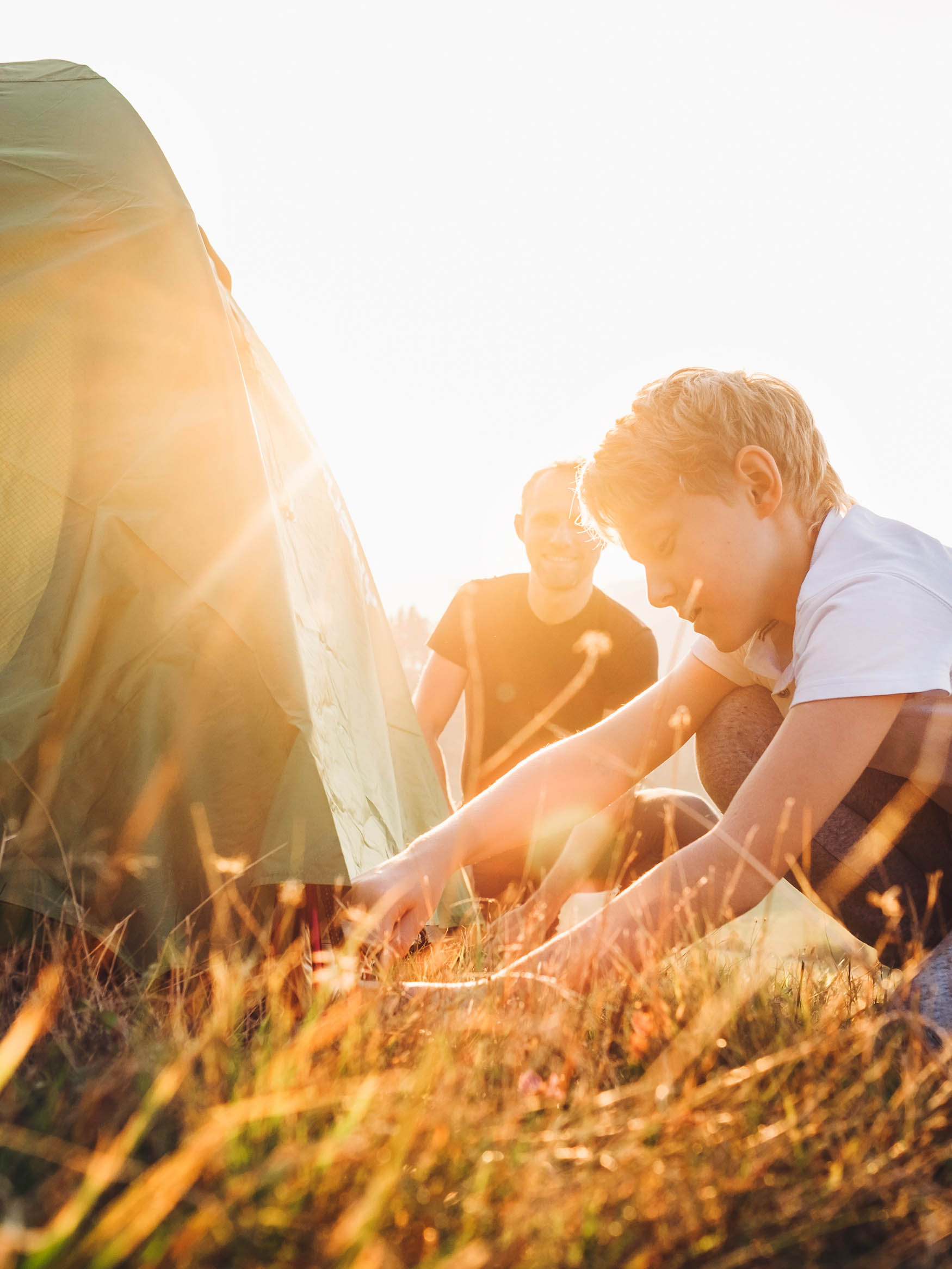
Sun Safety
Tip Sheet
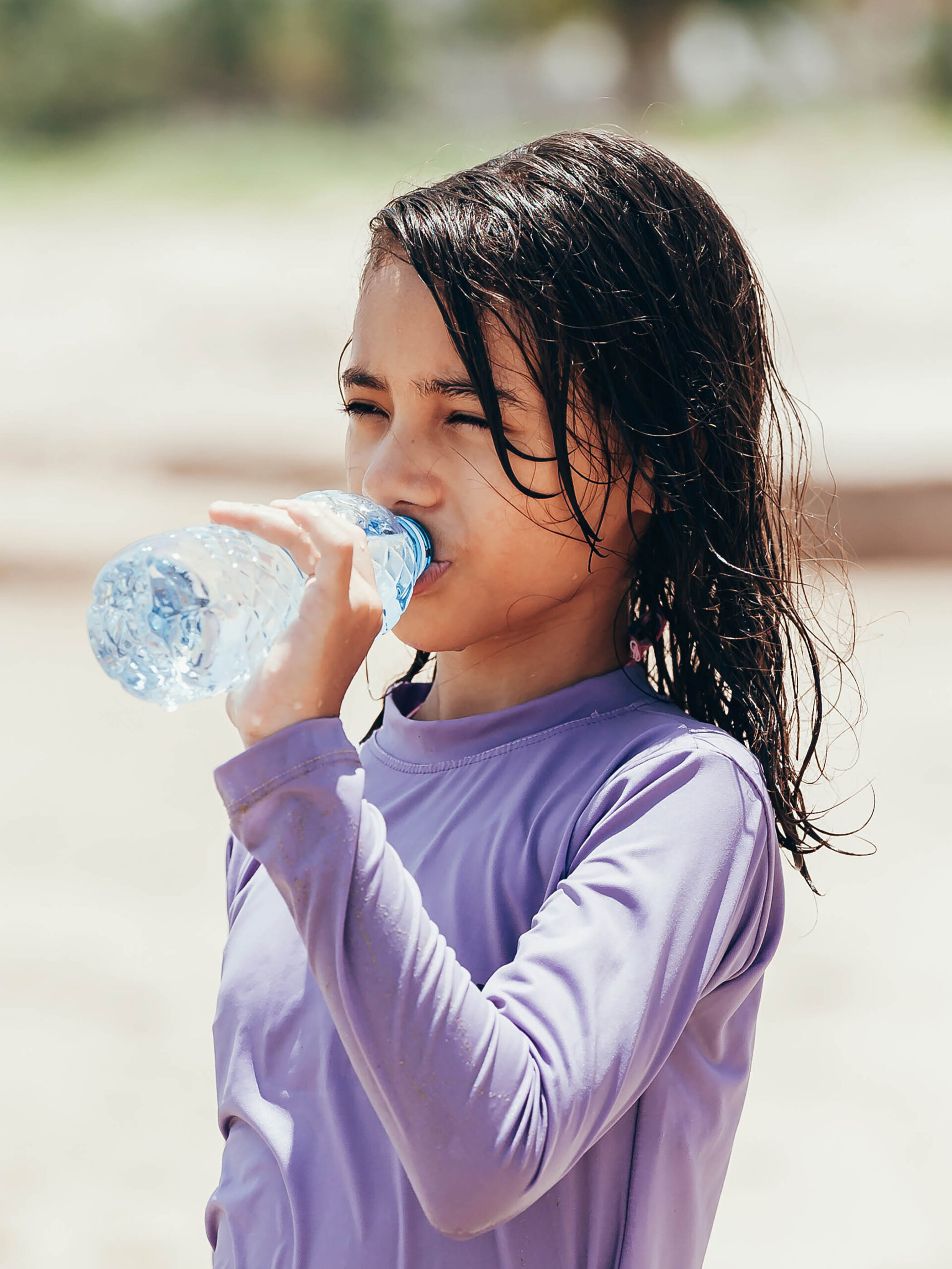
La seguridad bajo el sol
Find a CHOC Primary Care Pediatrician
From babies to teens, pediatricians from CHOC’s Primary Care Network partner with parents to offer immunizations, sick visits, sports physicals and more.
Sun Safety and Skin Protection Resources
Safety guides
- Bike and helmet safety guide
- Car and travel safety
- Sun safety and skin protection guide
- Home and window safety guide
- Water safety and drowning prevention
Additional Resources
Safety Education Classes
CHOC’s community education department offers a variety of classes and programs designed to keep you and your child safe and healthy, including:
- School programs that can be brought to your school or group at no cost
- Safe Sitter, a nationally accredited childcare course
- “Three Tragic Seconds” drowning prevention program
- Child passenger safety class
The guidance on this page has been clinically reviewed by CHOC pediatric experts.
For more health and wellness resources from the pediatric experts at CHOC:
Sign up for the Kids Health newsletter.
The contents of this webpage, including text, graphics, audio files, and videos (“Materials”), are for your general information only. The Materials are not intended to substitute qualified professional or medical advice, diagnoses, or treatments. CHOC does not recommend or endorse any specific tests, physicians, products, procedures, or other information that may be mentioned on or linked to this webpage. Always call your physician or another qualified health provider if you have any questions or problems. If you think you may have a medical emergency, call your doctor, go to the nearest emergency department, or call 911.
For more health information for your family visit health.choc.org



